The world of finance is tricky to navigate. With so many options available for your investments, it can seem complicated and daunting when trying to plan for your financial future.
The three buckets principle is a way of simplifying the complex and is suitable for people with substantial savings as well as people who are just starting out. Whether you’re well established in your career or fresh out of college, setting up your three buckets should be a priority.
How does it work?
The three buckets are:
- Bucket 1: Emergency Funds
- Bucket 2: The Goal Bucket
- Bucket 3: Retirement Bucket
Bucket 1 – Emergency funds
Expect the unexpected and make sure you’ve planned financially for it.
Unanticipated costs can be devastating financially. Getting laid off work, writing your car off or escalating medical costs, for example, can set you on the financial back foot for many years.
Bucket number 1 creates a buffer of cash that is only to be used for such emergencies. By having this bucket available, it means that should the need arise you won't be dipping into other savings or going into debt to cover the cost.
How much to save in your emergency fund bucket
Aim to have 3-6 months’ worth of living expenses here. Add up all your monthly costs, such as mortgage, bills, transport costs, and groceries, and that will give you the total to aim for.
Bucket 2 – The goal bucket
This bucket is for your short to mid-term financial goals. Savings for your kid's college, a down payment on a house, or even saving for a vacation can go in this bucket.
How much to save in your goal bucket
This is effectively disposable income so anything left over after you’ve attended to your monthly outgoings and buckets 1 and 3 can be added to bucket number 2.
If you've managed to fill bucket 1 already, you can use that cash to start filling bucket 2.
Bucket 3 – Retirement bucket
It's never too early to start saving for retirement, so you should aim to have this bucket set up as soon as you possibly can, ideally, as soon as you enter the workforce.
How much to save in your retirement bucket?
Aim to save 15-20% of your gross income for retirement. If your company offers a 401(k) plan, deposit part of your bucket 3 money there. If you don't have access to a 401(k) plan, consider a Roth or traditional IRA to maximize your investment.
Bucket 3 is made for investing as you want to maximize your returns for your golden years.
These three buckets will help you successfully save for your future. It's a good idea to attend to buckets 1 and 3 first. Once you have them filling nicely, you can look to start filling bucket number 2.
This simple strategy is easy to follow yet priceless for effective financial planning. If you haven’t got yours set up yet, make it a priority to do so.
The opinions voiced in this material are for general information only and are not intended to provide specific advice or recommendations for any individual.
Contributions to a traditional IRA may be tax deductible in the contribution year, with current income tax due at withdrawal. Withdrawals prior to age 59 ½ may result in a 10% IRS penalty tax in addition to current income tax.
The Roth IRA offers tax deferral on any earnings in the account. Withdrawals from the account may be tax free, as long as they are considered qualified. Limitations and restrictions may apply. Withdrawals prior to age 59 ½ or prior to the account being opened for 5 years, whichever is later, may result in a 10% IRS penalty tax. Future tax laws can change at any time and may impact the benefits of Roth IRAs. Their tax treatment may change.

